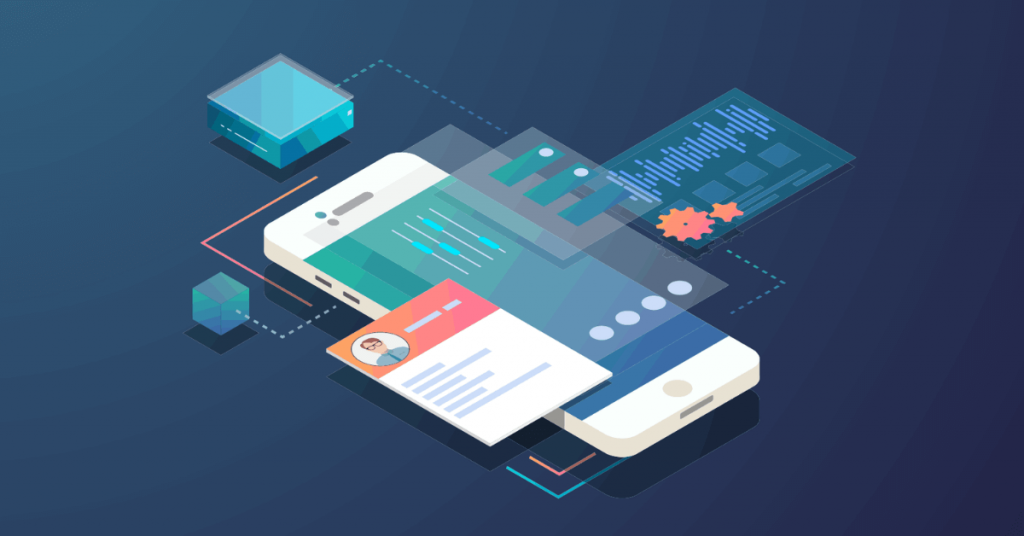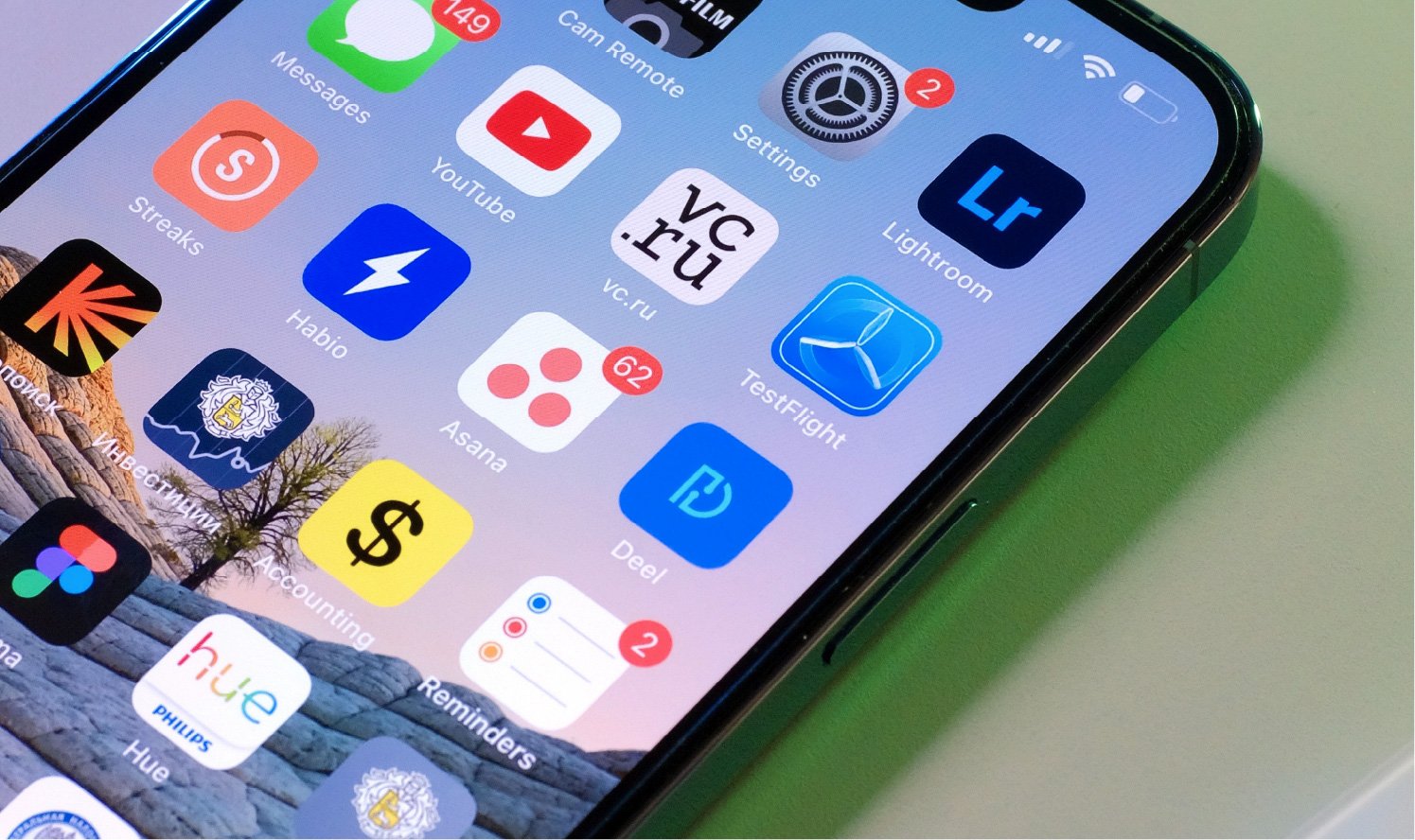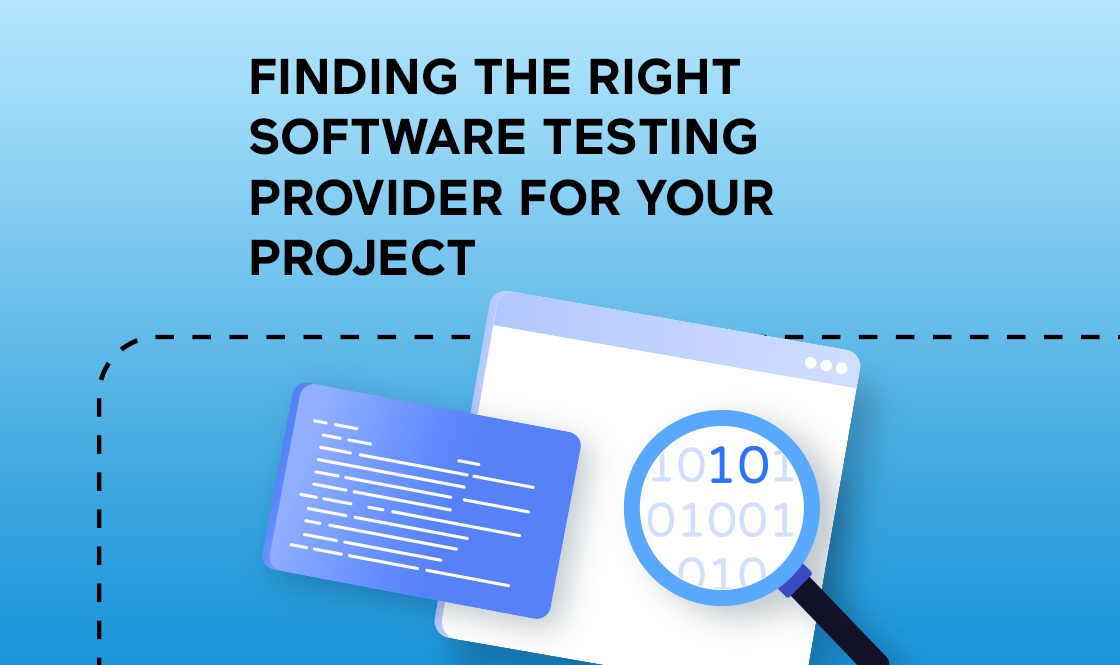Mobile App Development in 2020
Mobile experiences will drive this revolution. Here are 13 trends that will impact mobile app development in 2020:

1. “Mobile-Friendliness” Makeover
With Google rolling out AMP Gmail for Android and iPhone, a dynamic email experience will soon become the norm. Meanwhile, the bar for “mobile-responsive” websites will get even higher. We can expect to see accelerated mobile pages and seamless integrations with mobile-specific features that bridge online content with offline experiences.
2. Productivity
As more people are using their mobile devices to get work done while on the road, many apps will be designed to help users improve productivity by simplifying workflow and enabling them to move seamlessly among different apps. “Usability” will include a focus on productivity, with the ultimate goal of helping users do more on their phones faster so they can use their phones less.
3. Artificial Intelligence
AI-driven technologies, such as machine learning, pattern recognition, voice-enabled applications, and predictive analytics, will change what mobile apps can do. From search and chatbot to video/image recognition and behavioral patterns, AI in mobile apps will deliver an experience that’s not only much faster but also more relevant and personalized to meet consumer expectations.
4. Beacons
Upgrades made to Apple’s iBeacon technologies, along with advances in IoT, will open up new opportunities for marketers to better engage consumers via mobile devices. Apps will deliver the most relevant customer experience based on where the users are and what they are doing.
5. Cloud Technologies
With the aid of cloud-based technologies, users can access apps on-demand without worrying about their device’s capacity to support the apps. For example, cloud storage frees both users and developers from the limitations of the physical devices. This will not only increase productivity but also make development easier and faster to keep up with fast-changing demands.
6. Augmented and Virtual Reality
With the release of ARKit by Apple and ARCore by Google, we can expect an influx of AR/VR-based apps for both iOS and Android. Designers and developers can now create immersive and personalized experiences to engage users more effectively. We’re not just talking about Pokemon Go — AR/VR technologies will have a wide impact, benefiting the healthcare and education industries in many ways.
7. Wearables Integrations
As more people are using wearables (e.g., fitness trackers, smartwatches, and emergency alert systems) in their daily lives, mobile apps will become further integrated with these devices. Mobile devices will act as a hub to enhance the wearables’ functionalities. In particular, this advancement will have a profound impact on the healthcare industry.
8. Internet of Things
IoT has become an integral part of our lives, and by the end of 2020, the IoT market is predicted to generate around $1.7 trillion. More mobile apps will be integrated with IoT so users can control non-IT equipment from their smartphones. Consumers now take such convenience for granted, so we can expect to see more smart devices that are seamlessly integrated with mobile apps.
9. Chatbots
If you haven’t encountered at least one chatbot in the past 24 hours, then you clearly haven’t been online! AI-powered chatbots have become an integral part of our digital reality. They will increasingly be used as virtual assistants in many mobile applications to satisfy consumers’ preferences for a streamlined self-service experience.
10. 5G Technology
The introduction of 5G networks promises lower latency and faster data-sharing capabilities. It will not only change what people expect from and how they interact with mobile content but also create a data-intensive environment that allows businesses to automate more processes while improving their abilities to present, capture, and share data.
11. Predictive Analytics
The ability to know what a user is going to do before they do it could be the key to world domination (looking at you, Amazon!) Instead of a crystal ball, we now have predictive analytics for that. This AI-powered technology will enable apps to learn, self-tune, and get smarter with every interaction to deliver a highly-personalized experience to each user.
12. Payment Gateways and Mobile Wallets
Gone are the days of the George Costanza wallet. In 2020, consumers are turning their smartphones into money clips with virtual wallets that store payment information in a secure app. Apple Pay and Google Pay allow consumers to make purchases much faster while eliminating the need to carry a stack of cards. In addition, apps that support alternative payment methods, such as cryptocurrencies, will increase in popularity.

13. Platform-Independent Technologies.
21st-century technologies like Reactive Native and Flutter forgo the need for developing separate mobile and web apps. By enabling companies to use the same devs for the front-end as they would for the rest of the product, these cross-platform solutions effectively delivering a codebase for both iOS and Android at the same time, leading to faster development cycles and more cost-efficient maintenance.
Conclusion
Consumer demands for convenience, productivity, and personalization — powered by increased data-processing capabilities thanks to cloud computing and AI-powered technologies — will drive mobile app development in 2020.



